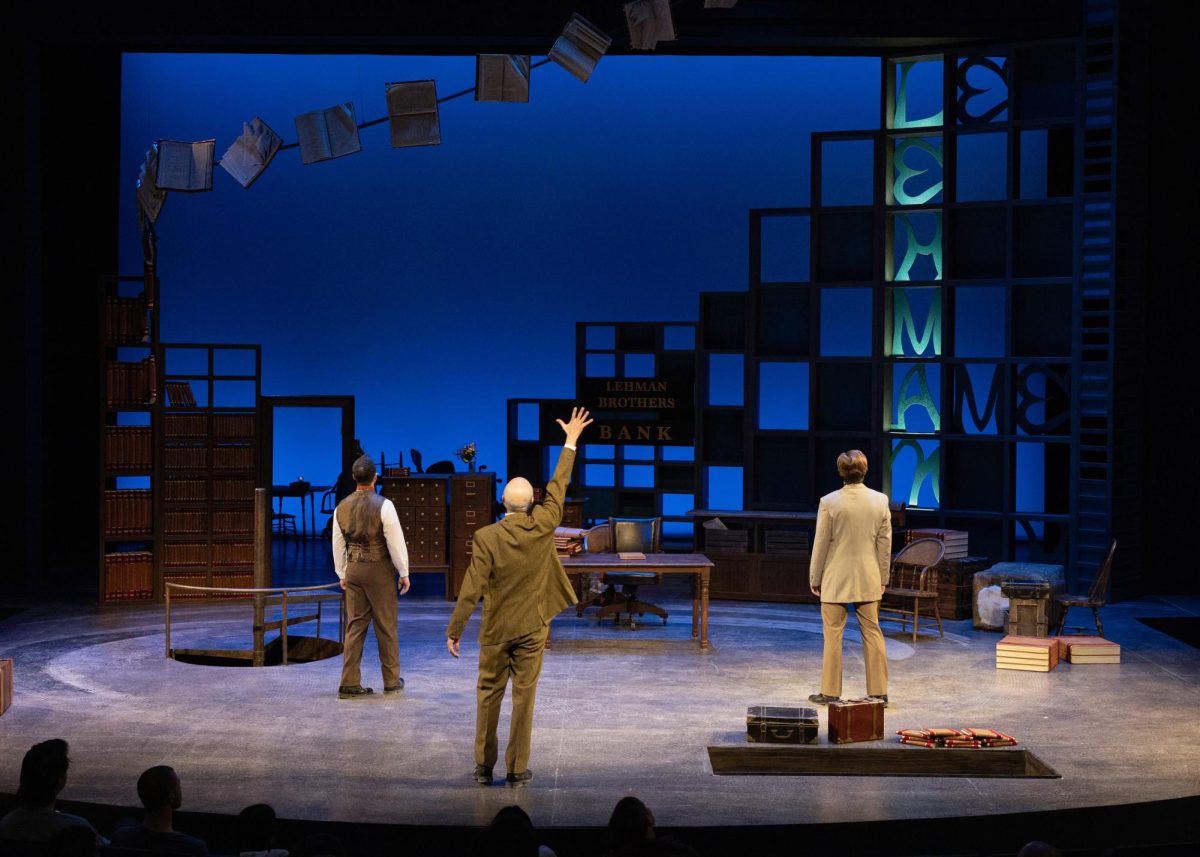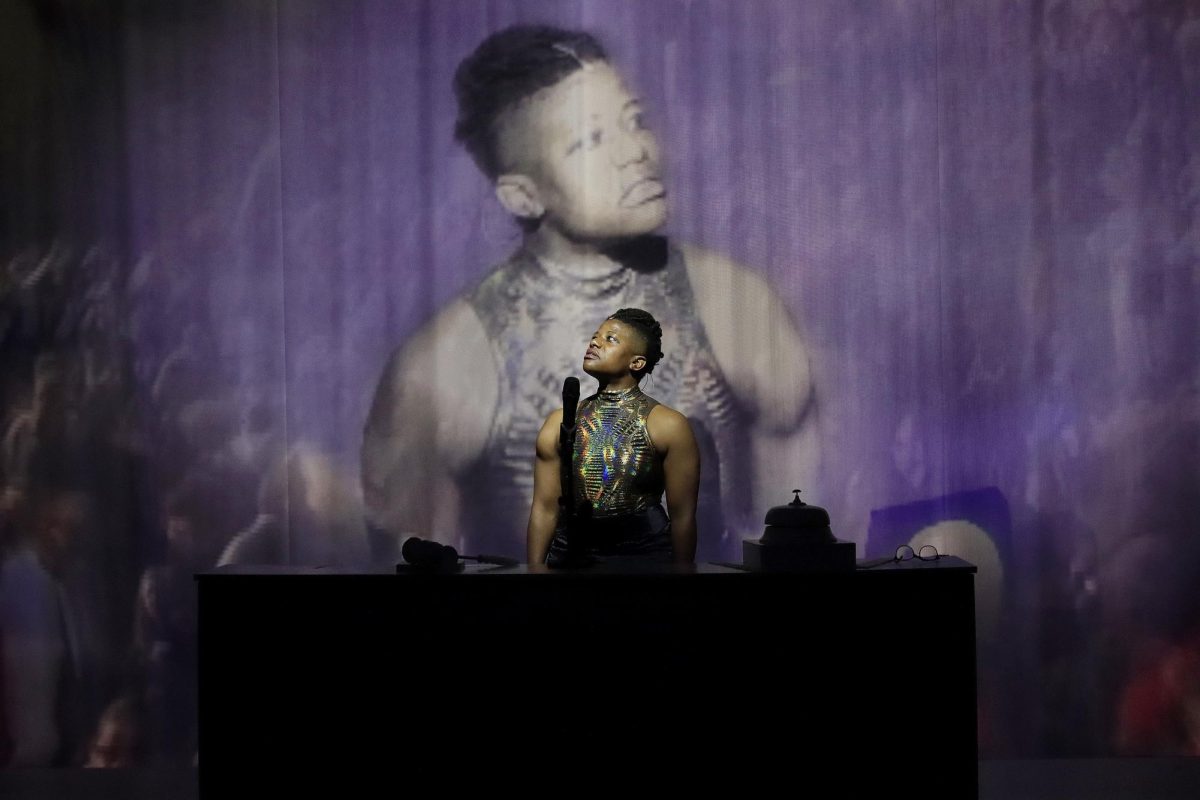Five unique pieces; five views into what it is to be human. Albert Einstein once said, “We dance for laughter, we dance for tears, we dance for madness, we dance for fears, we dance for hopes, we dance for screams, we are the dancers, we create the dreams.”
Forty-six University of Utah ballerinas got together and danced, creating the modern ballet performance “Utah Ballet II” for four audiences this past weekend in the Marriott School of Dance.
The first piece, “It’s about time” was choreographed by Katie Scherman and included focus on form with choreography that was fast, precise and difficult. For Scherman, this piece was about “finally abandoning the things hindering [the dancers] from being [their] full, great self.” She referred to the classical cannon and training as a kind of “armor” to be let go in this process.
“Legacy,” choreographed by Melissa Bobick, had the opposite feel. This piece was done in flowing, expansive green skirts and white leotards, reminiscent of George Balanchine and perhaps early Twyla Tharp, both talented American dancers and choreographers. The piece came from Bobick’s inspiration: women of the past who have fought to be included in larger American society. This piece was about the relationships between different women and the ties that form and break bonds. What is it to be accepted? How long before acceptance is achieved — and will such acceptance last? The piece asked all these things.
Jennifer Weber collaborated with dancers to create “Tethered.” In the programs given out at the performance, the explanation for this piece ended with “Let us see light in each other rather than differences and division” a saying of Weber’s. The piece grew through its movement until the light turned off and the dancers glowed as a single organism bound both in life and in beauty. There was a lovely symmetry to the earthen struggle of the movement, finalizing in the revelation of flowers that bloomed together while remaining unique to each costume.
“Springload” followed after a short intermission, leading the second half of the show. Choreographed by Gabrielle Lamb, the dance was all about elasticity. All of the dancers wore their hair in pleated braids; the interwoven tension of the braids mimicking the nearly unbreakable connection between the dancers throughout their partnered and individual movements. Emily Lowe, a dancer in the piece, said Lamb “brought out this intensity in us as movers and as dancers.” The invisible and intense connection that bound these dancers together was fascinating as well as beautiful.
“Utah Ballet II” certainly brought a lot to the table — but as a true mix of classical and contemporary ballet, it closed on a story ballet, “Raymonda.” Premiering in 1898 in Russia, this ballet is sassy and fun with a some elegant partnering and both upbeat and languorous solos. The costumes were reminiscent of snowflakes and the technique was skillful. This classic piece was a beautiful close on a unique and thoughtful series.
















